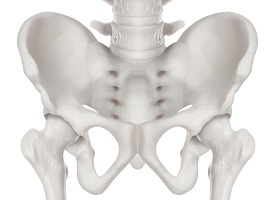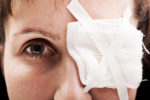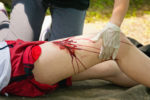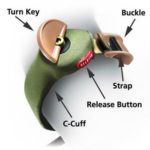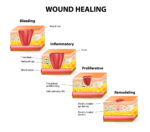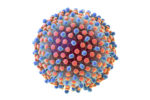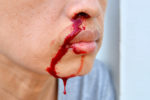Pelvic Injuries most commonly occur when the pelvis undergoes trauma. The pelvis is the large bone which sits at the base of the spine and is the site of the ball-and-socket joints of both legs. Common causes of pelvic injury include car crashes and falls from great heights. In car crashes, people tend to hit […]
Types of Bleeding
Bleeding is categorised based on the affected blood vessels:
- Arterial Bleeding: Characterised by bright red, spurting blood due to high pressure in arteries. Immediate intervention is crucial. Learn more about serious bleeding.
- Venous Bleeding: Involves dark red, steady-flowing blood from veins. Prompt action is necessary to control the bleed. Understand different types of bleeding.
- Capillary Bleeding: Features slow, oozing blood from capillaries, often in superficial wounds. Typically manageable with basic first aid. Explore minor injury management.
Immediate First Aid Steps
For effective bleeding control:
- Ensure Personal Safety: Wear gloves to prevent infection.
- Apply Direct Pressure: Use a sterile dressing to press firmly on the wound. Watch our video on serious bleeding and bandaging.
- Elevate the Injured Area: Raise the wound above heart level to reduce blood flow.
- Use Pressure Bandages: Secure the dressing with a bandage to maintain pressure. Learn how to apply an elevation sling.
- Avoid Removing Embedded Objects: Stabilise objects in the wound without removal. Read about handling embedded objects.
- Seek Medical Assistance: For severe bleeding, call emergency services immediately.
Advanced Bleeding Control Techniques
In cases of catastrophic bleeding:
- Tourniquets: Apply to limbs to constrict blood flow when direct pressure is insufficient. Proper training is essential. Discover more about commercial tourniquets.
- Haemostatic Dressings: Specialized dressings that promote rapid clotting, used in conjunction with direct pressure. Find out about haemostatic dressings.
Preventing Bleeding Incidents
To minimize bleeding risks:
- Use Protective Equipment: Wear appropriate gear during activities prone to injury.
- Maintain a Safe Environment: Keep living and workspaces free from hazards.
- Handle Tools and Equipment Safely: Follow safety protocols to prevent accidents.
- Stay Informed: Regularly update first aid knowledge and skills. Enroll in our First Aid at Work Annual Refresher course.
Further Resources
Enhance your understanding of bleeding management:
For professional first aid training, consider our First Aid at Work Annual Refresher (VTQ) course.

